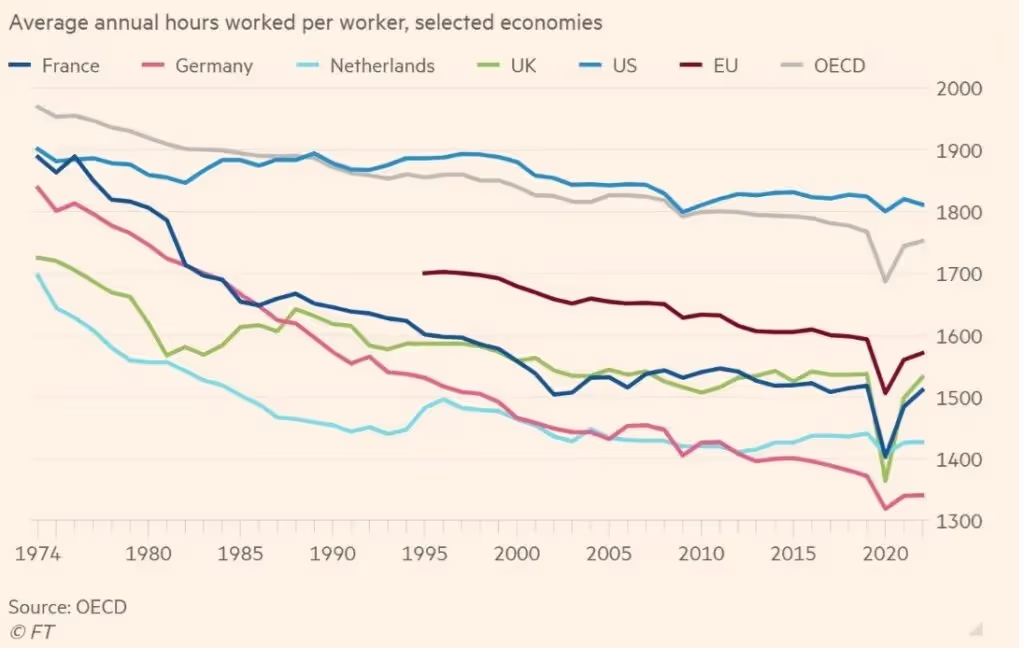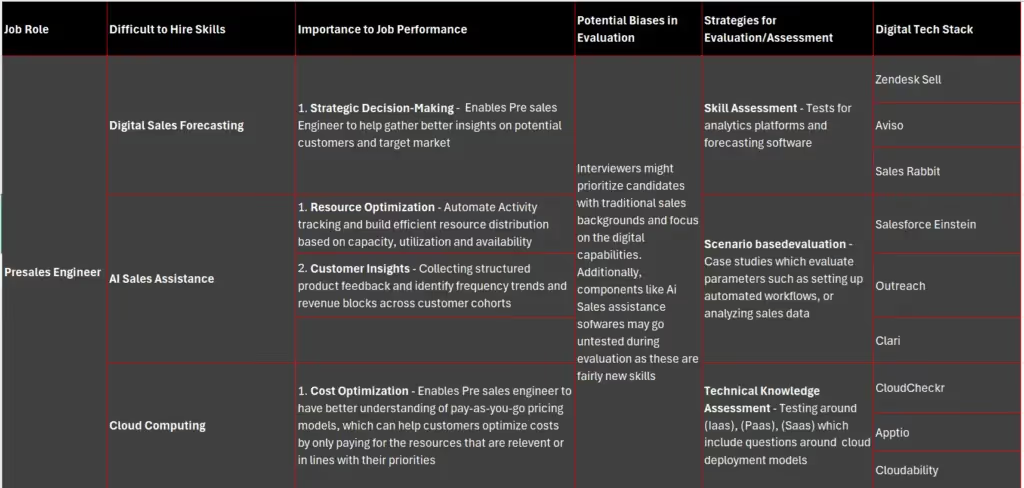Navigating the Premium on Human Labor: Embracing Diverse Roles and Future Skills
In one of the keynotes at a conference last week, one of the professors told a packed HR audience that many technologies, like Quantum Computing, are going nowhere from practical impacts. I was shocked to hear that because many HR leaders used this as a reference. The professor’s objective was good – do not fear technology taking over jobs, but this type of rhetoric limits the profession to understanding and creating more jobs. As mentioned last week, HR must operate more as an R&D in the next 3 to 5 years to create opportunities for human labor.
There are two critical aspects to this email.
Component 1, I reflect on the need to understand and prepare the organization to access the different types of labor. The second component is a further update on the hard-to-find skills across various jobs.
As we transition into the world of labor post-Gen AI and the convergence of many technologies, organizations must look into getting ready to embrace multiple forms of labor (full-time, part-time, Gig, and the latest AI Agents). This is because of the following reasons.
- As companies implement new technologies, Enterprises will constantly need specific skills for short periods.
- The Global aging workforce and the better performance of home and stock market assets mean employees will choose to work in their preferences (many may choose part-time)
- The demand for human labor will always outweigh the available supply (It may not feel this way with the Gen AI sentiments and the layoffs we are seeing), but as technologies mature, how enterprises serve customers changes. (You can already see the demand for Maintenace workers with Robotics skills is hard to fill skill because the number of inspection robots in Maintenace function is increasing)
- Certain jobs like Leave and Compliance Administrator (where the responsibility of the Job role is to audit the various types of leave to ensure compliance, are perfect candidates for being an AI Agent. (a lot has to go right for this from a data perspective, but that is true in human labor scenario as well)
Here is a graph of Average Annual hours worked per worker as reported by the OECD

The graph highlights a long-term trend towards reduced working hours in developed economies, driven by various factors such as improved labor laws, increased productivity, and changing work-life balance preferences. The noticeable drops during significant economic downturns, such as the 2008 financial crisis and the 2020 COVID-19 pandemic, underscore the sensitivity of working hours to global economic conditions. The data suggest a convergence towards fewer working hours across these economies, reflecting broader shifts in labor market dynamics and societal values towards work.
As you can see, Human labor is at a premium. Workforce planners would have to reevaluate the age-old construct of critical and non-critical and Critical Job families. Many of the Critical job roles that an organization will need in 2 years are not yet created by the organization or exist in a different skill fabric. Non-critical job roles will be bot-assisted and Agentified (not sure if this is a word). This takes us to the second component I wanted to discuss in this email.
Case Study: To demonstrate my point, a bleeding-edge industrial company was trying to adopt the Presales Engineer, which is often a popular concept among technology companies. The company wanted to build a presales engine, but the skills they mapped matched more with those of a field sales engineer. The Presales job is a digital inside-the-company job. So, we need to have several digital skills to be effective. We created this type of table that resonated well with them, and they found it valuable.
Background: A cutting-edge industrial company aimed to implement the Presales Engineer role, which is common in tech firms, to boost its sales strategy.
Challenge: The company initially mapped skills that matched more with those of a field sales engineer, whereas the presales role requires digital competencies.
Solution:
We created a detailed table differentiating the skills for field sales and presales engineers, highlighting essential digital skills for the presales role. This included:
- Digital communication tools proficiency
- CRM and sales automation software knowledge
- Virtual presentation skills
- Data analysis abilities
Outcome:
The table below resonated with the company, providing clarity and aligning their strategy with the right digital skills, leading to a more effective presales engine and improved sales performance.

Summary: Human labor is becoming a premium, prompting companies to embrace diverse types of labor. The roles and skills that will be critical in the next 2 to 3 years are not yet defined in many companies. Due to the rapidly evolving skills and technology landscape, HR should function like an R&D department to understand and map these emerging needs.










.svg)




















.svg)





.svg)
